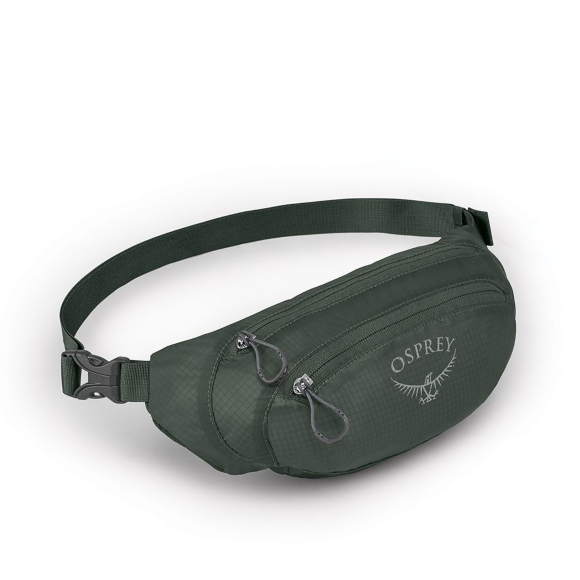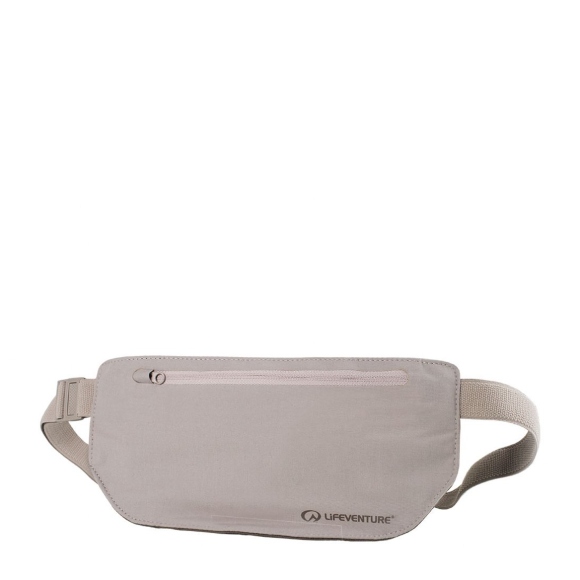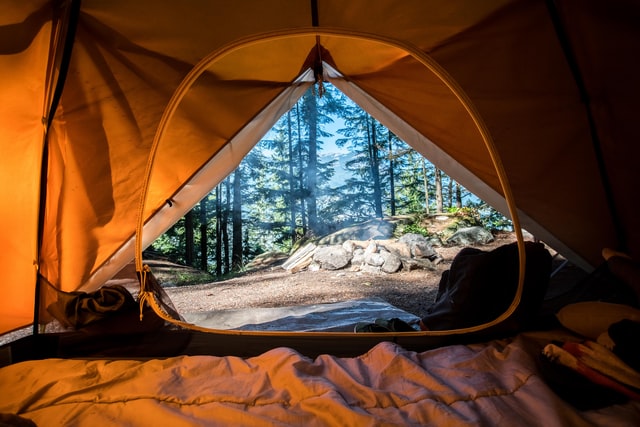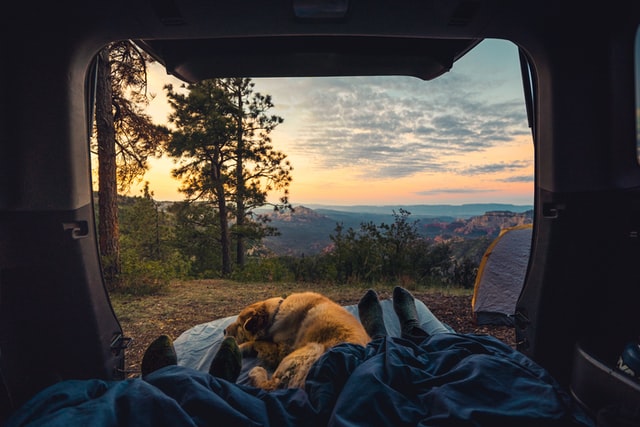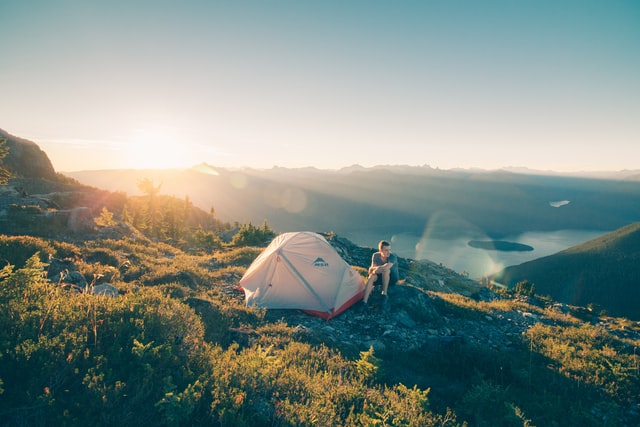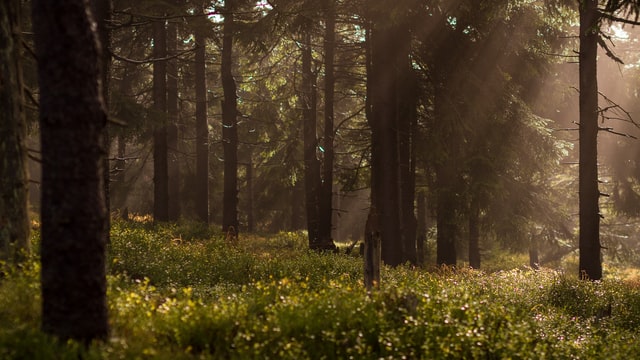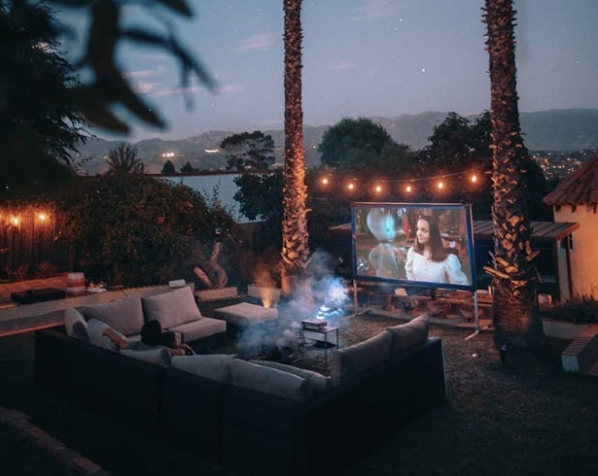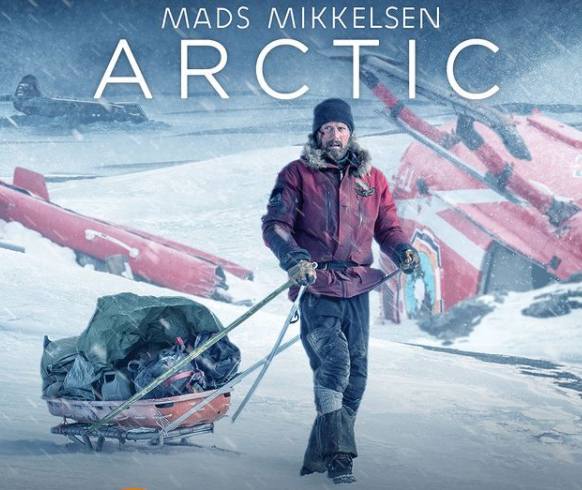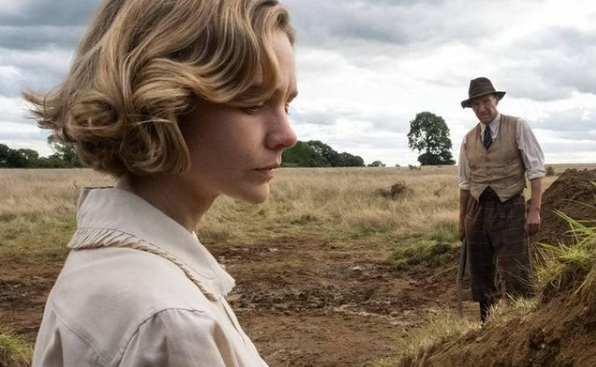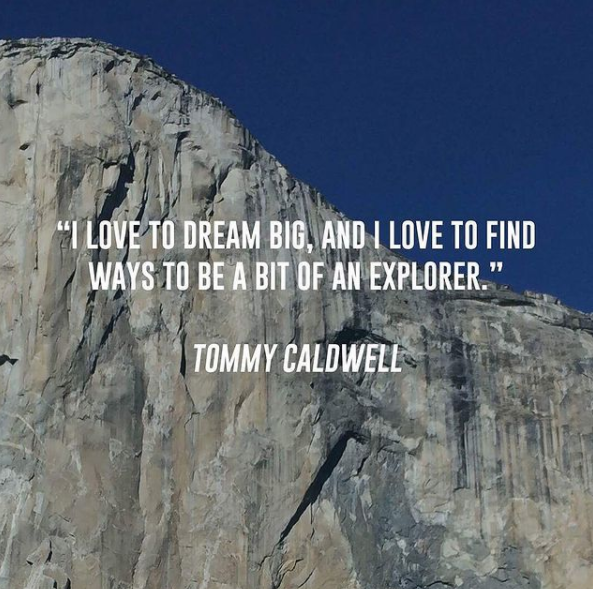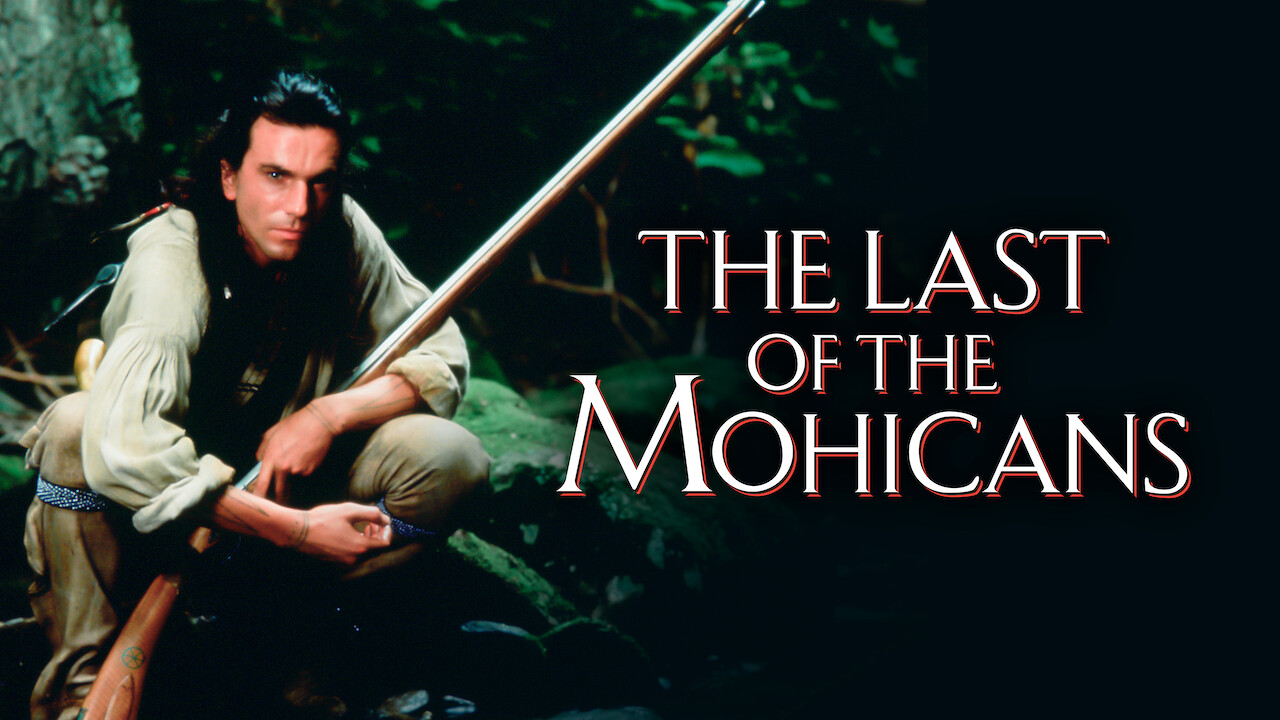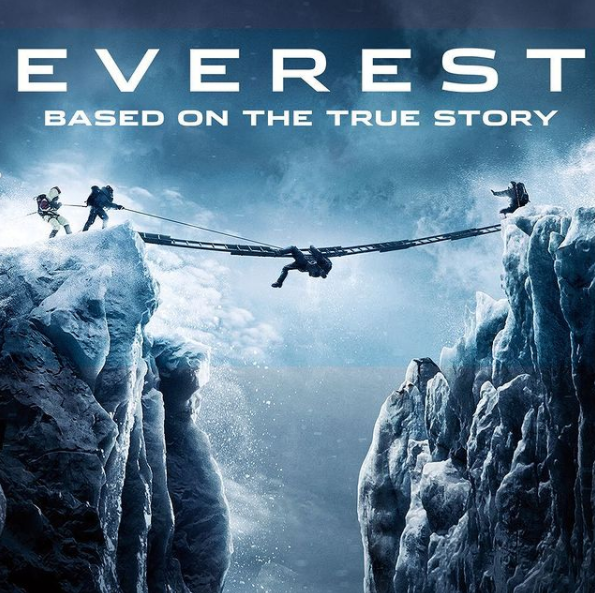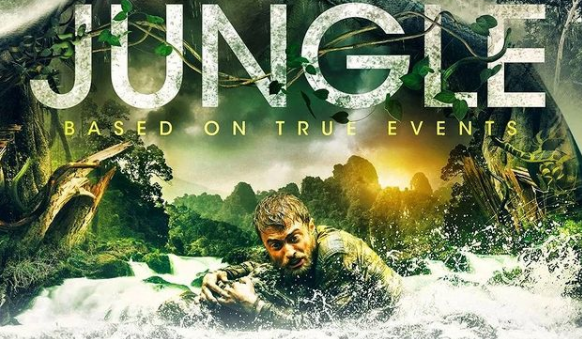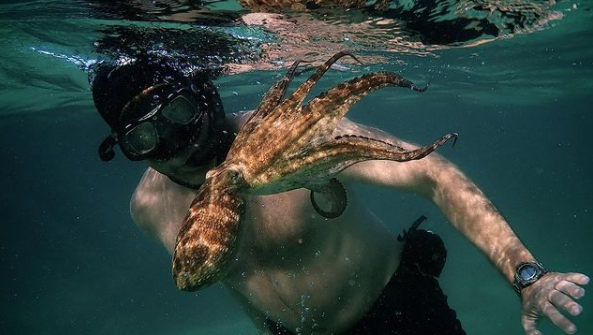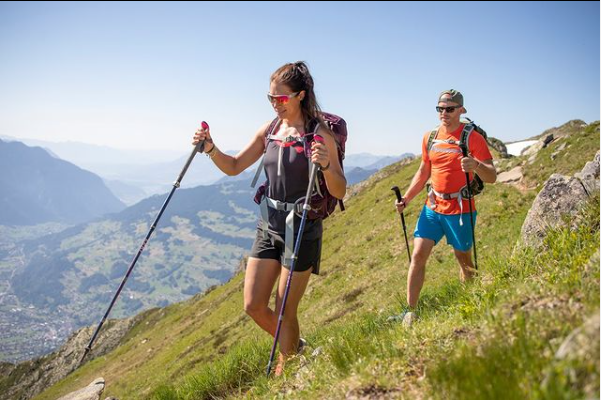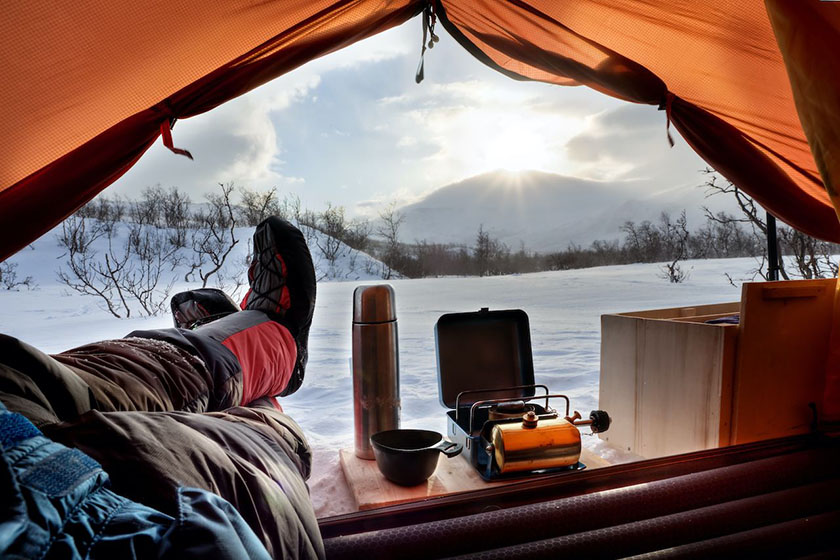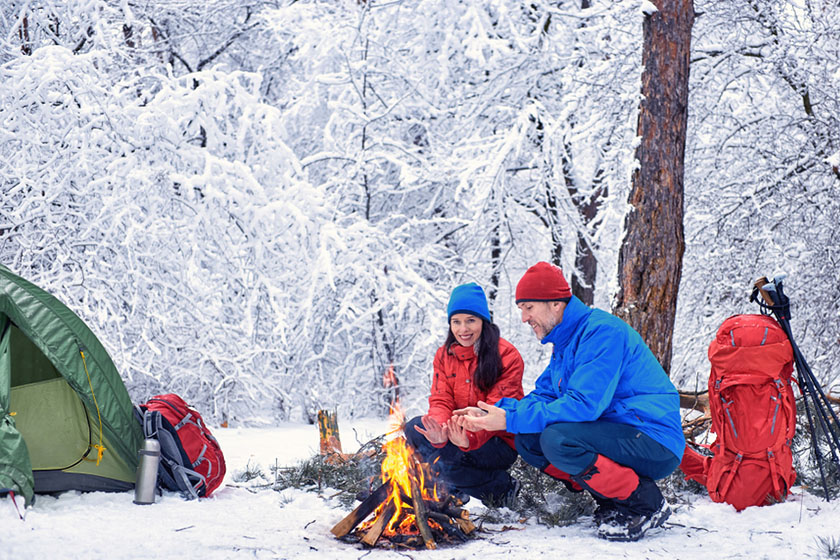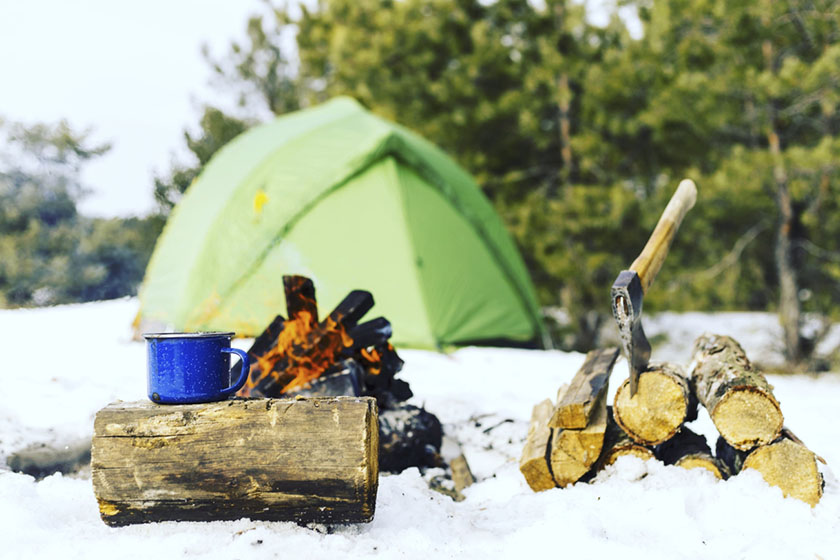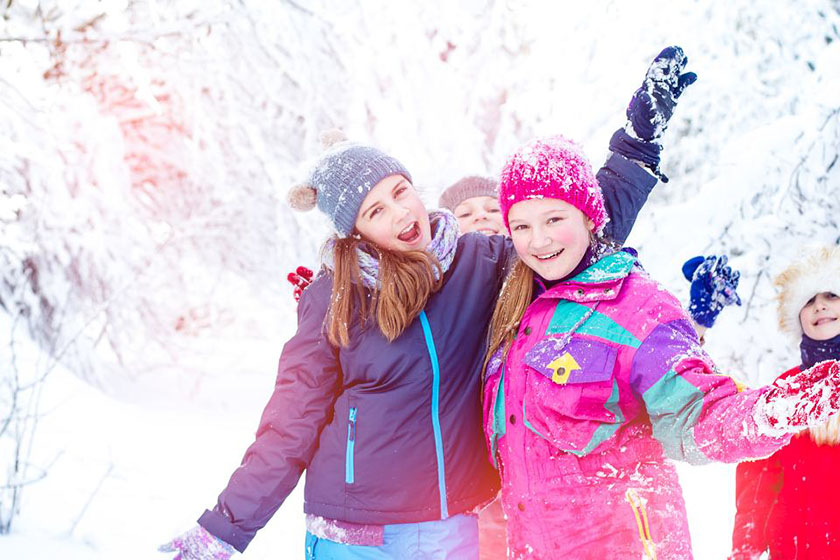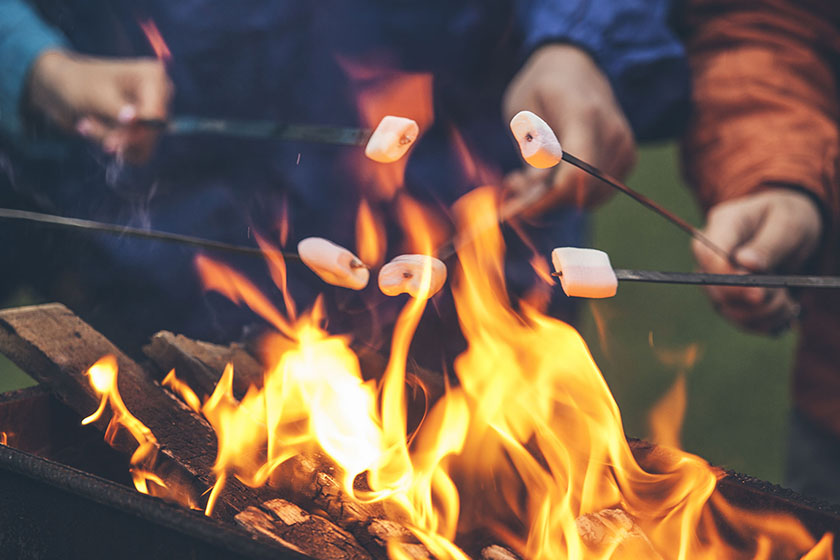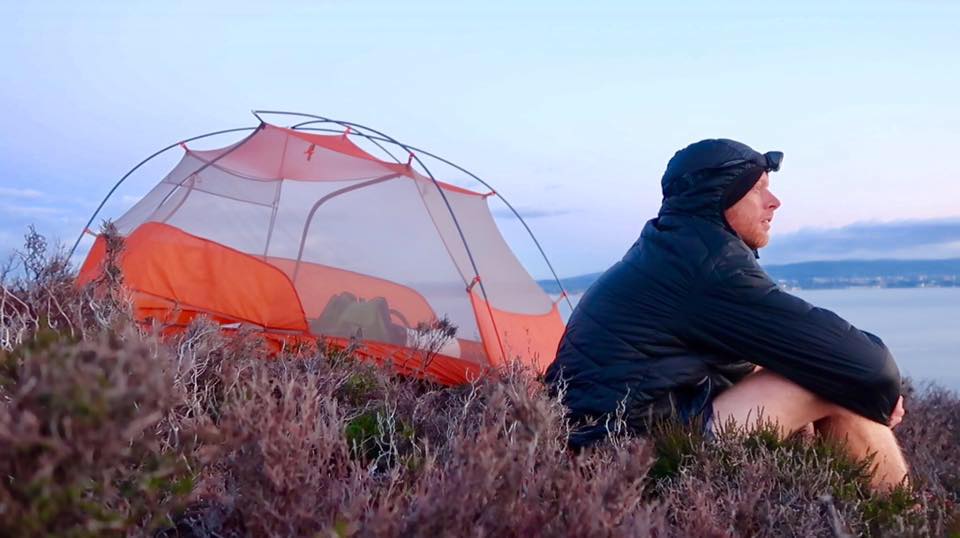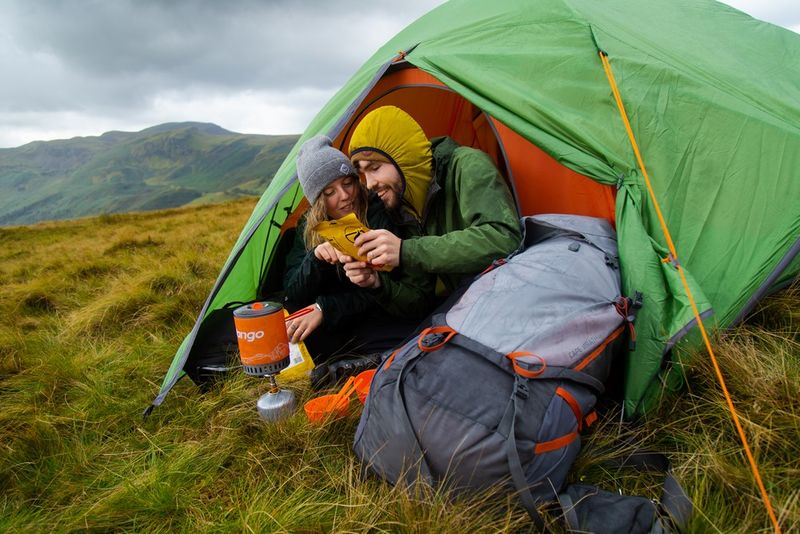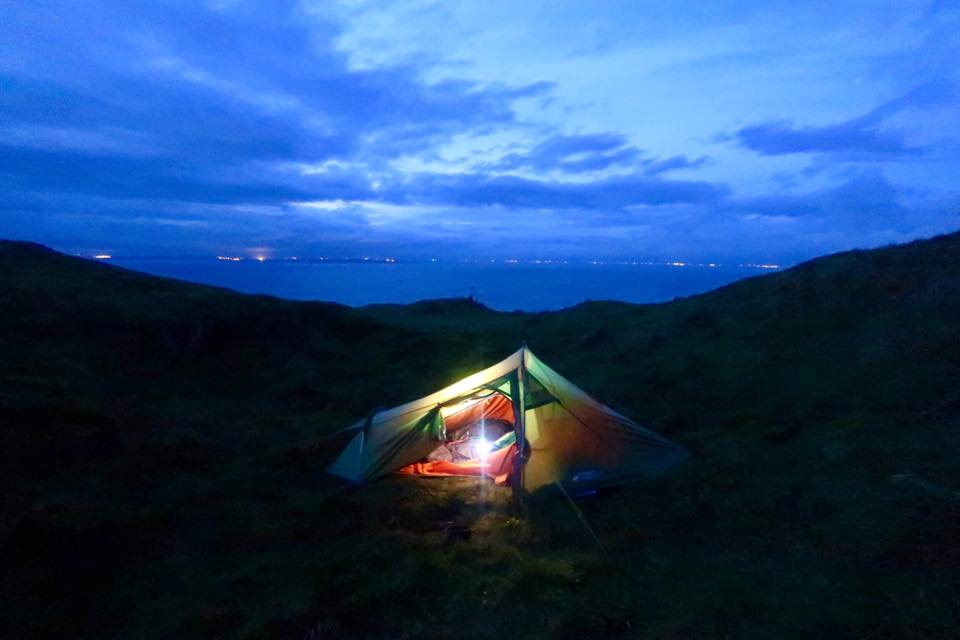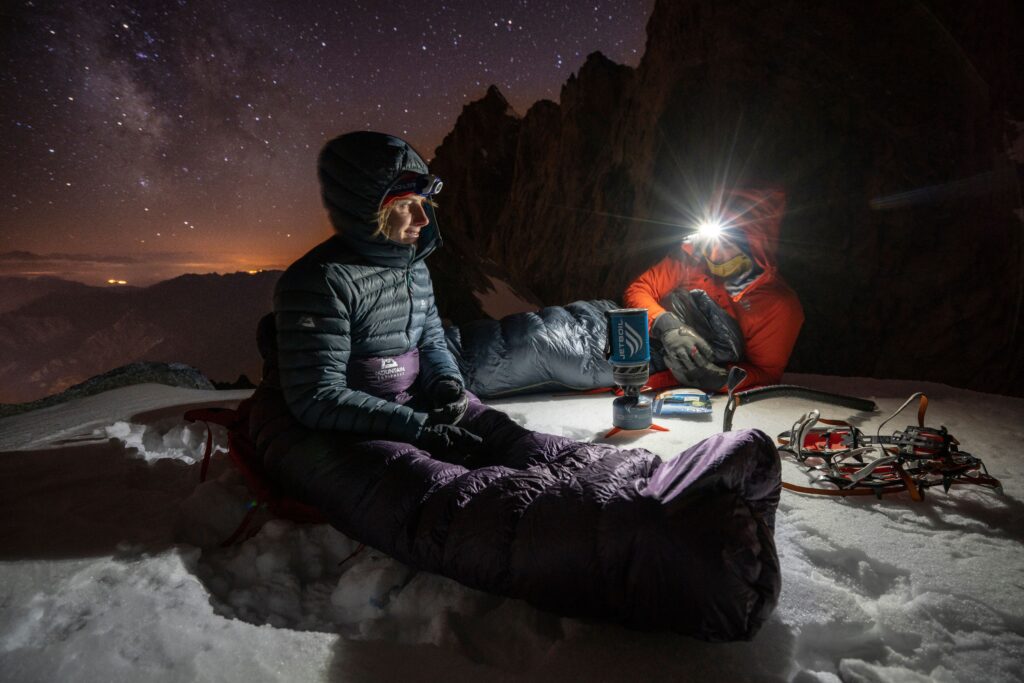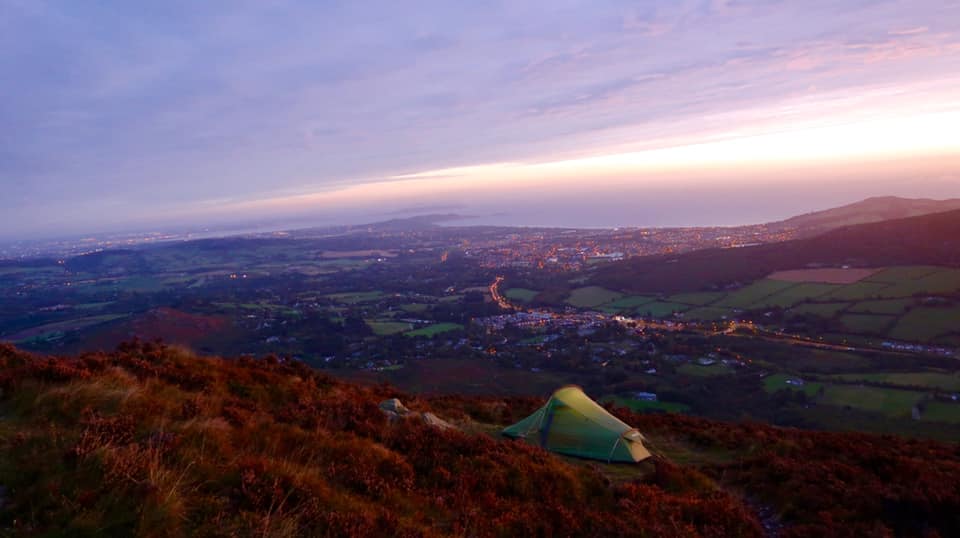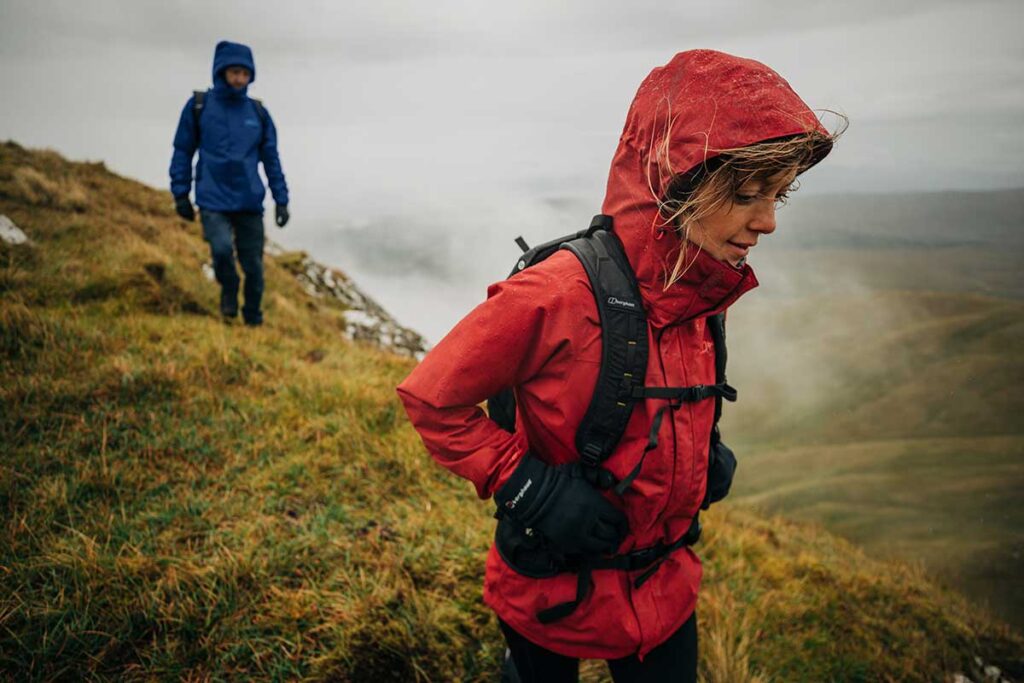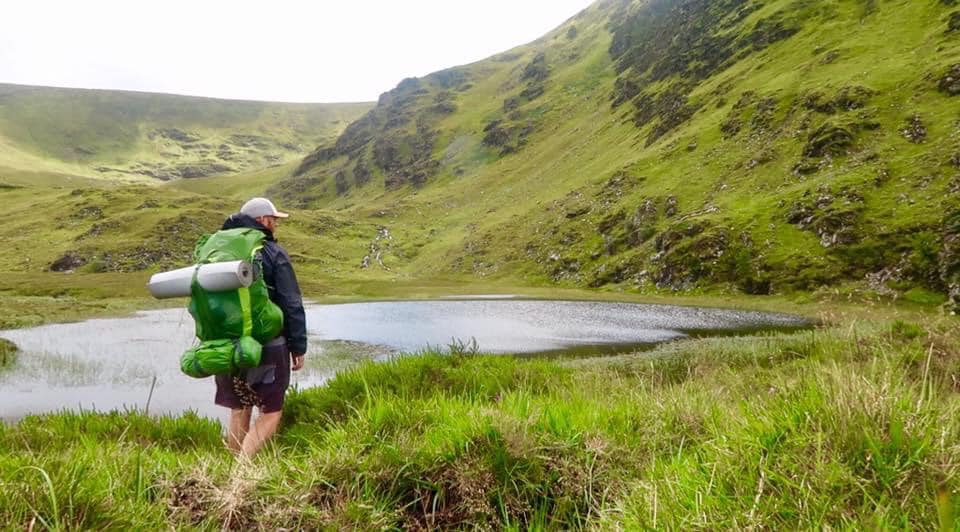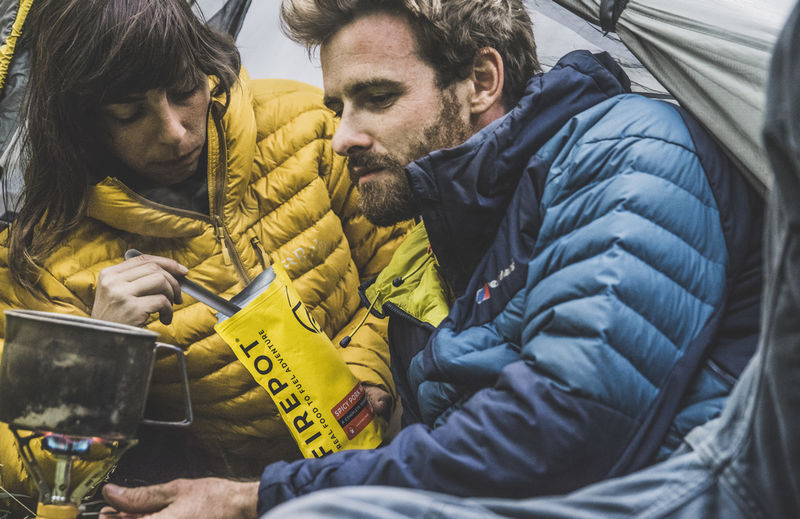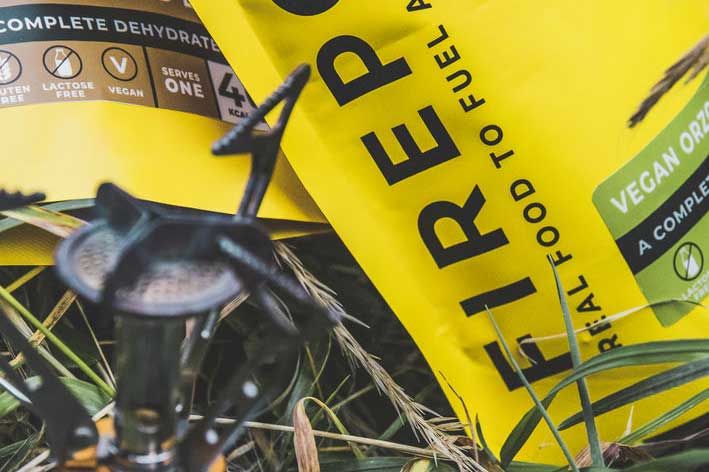Are you ready to embark on exciting outdoor adventures? Before you hit the trails or dive into new experiences, it’s essential to equip yourself with the right knowledge and precautions. In this article, we’ll explore a comprehensive guide filled with invaluable safety tips for outdoor activities. We’ve got you covered, from researching and planning to packing the right gear. Discover how to stay hydrated, navigate unfamiliar terrains, and ensure group safety. We’ll also delve into environmental awareness, recognizing natural hazards, and emergency preparedness. Get ready to make the most of your outdoor pursuits while staying safe and having a blast!
Researching and Planning
Before embarking on any outdoor adventure, conducting thorough research and meticulous planning is crucial. Start by selecting an activity that suits your skill level and interests. Once you’ve chosen, dive into researching the location, identifying potential risks, and understanding local regulations. Check weather forecasts and consider season-specific precautions to ensure a safe journey. Transitioning into the planning phase, make sure to pack appropriate clothing for protection against varying weather conditions and terrains. Additionally, gather all essential equipment and tools required for your chosen activity, such as hiking boots, helmets, or ropes. And don’t forget to carry a well-stocked first aid kit for any unexpected situations that may arise.

Essential Safety Gear
When it comes to outdoor activities, having the right safety gear is paramount. Start by ensuring you’ve dressed appropriately for the adventure ahead. Select clothing that suits the weather and terrain, from waterproof jackets to sturdy footwear.
Additionally, pack essential equipment like helmets, harnesses, or life jackets, depending on the activity. Don’t forget to carry a well-stocked first aid kit to handle any minor injuries that may occur. As you embark on your journey, remember to pack and move your camping gear with care to prevent any damage. And most importantly, take your gear with you – keeping it close ensures you’re prepared for any situation.
Stay Hydrated and Nourished
Staying hydrated and nourished is vital for your safety and enjoyment during outdoor activities. Make sure to carry ample water to keep yourself hydrated throughout the journey. Pack nutritious snacks and meals that provide sustained energy, such as granola bars, trail mix, and fruits.
Remember to take regular breaks to refuel and replenish your energy levels. Hydration and nutrition are key to maintaining physical endurance and mental alertness. So, don’t overlook this aspect of safety tips for outdoor activities. Treat yourself to a well-balanced adventure by keeping your body fueled and hydrated throughout the experience.

Navigation and Orientation
When it comes to navigation and orientation during outdoor activities, a few key tips can ensure a smooth journey. Start by familiarizing yourself with the area using maps, GPS devices, or guidebooks. Take note of landmarks or waypoints along the route to help you stay on track. A compass can be a handy tool for direction, so learn how to use one effectively.
Remember to communicate and coordinate with your group to avoid getting separated. And if you encounter any challenging terrains or unfamiliar paths, don’t hesitate to seek guidance from experienced hikers or park rangers. With these navigation and orientation tips in mind, you’ll navigate the great outdoors like a pro.
Safety in Groups
Exploring the outdoors in a group adds an extra layer of safety and fun to your adventure. Establish clear communication and safety protocols within your group before setting off. Use walkie-talkies or mobile phones to stay connected. Keep an eye out for each other, especially in challenging terrains or unfamiliar areas. If someone falls behind, slow down or take breaks to regroup. Encourage each other and offer assistance when needed.
Remember, the buddy system works wonders. Share responsibilities and distribute necessary equipment among the group members. You’ll create unforgettable memories with teamwork and camaraderie while ensuring everyone’s safety during outdoor activities.

Environmental Awareness
As outdoor enthusiasts, it’s crucial to cultivate environmental awareness and minimize our impact on nature. Respect the wildlife and their habitats. If you spot something interesting, observe it from a safe distance. Under no circmustances should you feed or disturb them. Practice Leave No Trace principles by disposing of waste properly and carrying out any litter you find. Follow local rules and regulations to preserve the natural beauty of the area. Consider volunteering for conservation projects or joining clean-up initiatives to give back to the environment. By being mindful of our actions and fostering a love for nature, we can ensure that future generations can enjoy the beauty of the outdoors just as we do.
Emergency Situations
While we hope for smooth outdoor adventures, preparing for emergencies is crucial. Familiarize yourself with signaling techniques, such as using a whistle, mirror, or phone to attract attention. Learn basic first aid skills to address common injuries or emergencies that may occur. Create an emergency action plan with your group and discuss how to respond to unexpected situations. Stay calm and assess the situation before taking any action. Remember, safety is paramount, so don’t hesitate to call for help if needed. By being proactive and knowledgeable, you’ll be equipped to handle emergencies and ensure the well-being of yourself and your fellow adventurers.
Conclusion
Incorporating safety tips for outdoor activities is essential to ensure a memorable and enjoyable experience. By conducting thorough research, planning your adventure, and packing the necessary safety gear, you’re setting yourself up for success. Stay hydrated and nourished, navigate with confidence, and prioritize group safety. Let’s not forget the importance of environmental awareness and preparedness for emergencies. Safety should always be a top priority, but that doesn’t mean you can’t have fun and create amazing memories along the way. So go out, explore the great outdoors, and embrace the adventure with caution and excitement. Happy and safe trails!
Photos used:
https://www.pexels.com/photo/woman-standing-on-green-grass-547116/
https://www.pexels.com/photo/men-s-blue-leather-jacket-and-brown-backpack-868097/
https://www.pexels.com/photo/woman-looking-at-the-map-3935702/
https://www.pexels.com/photo/people-ziplining-above-water-9223080/

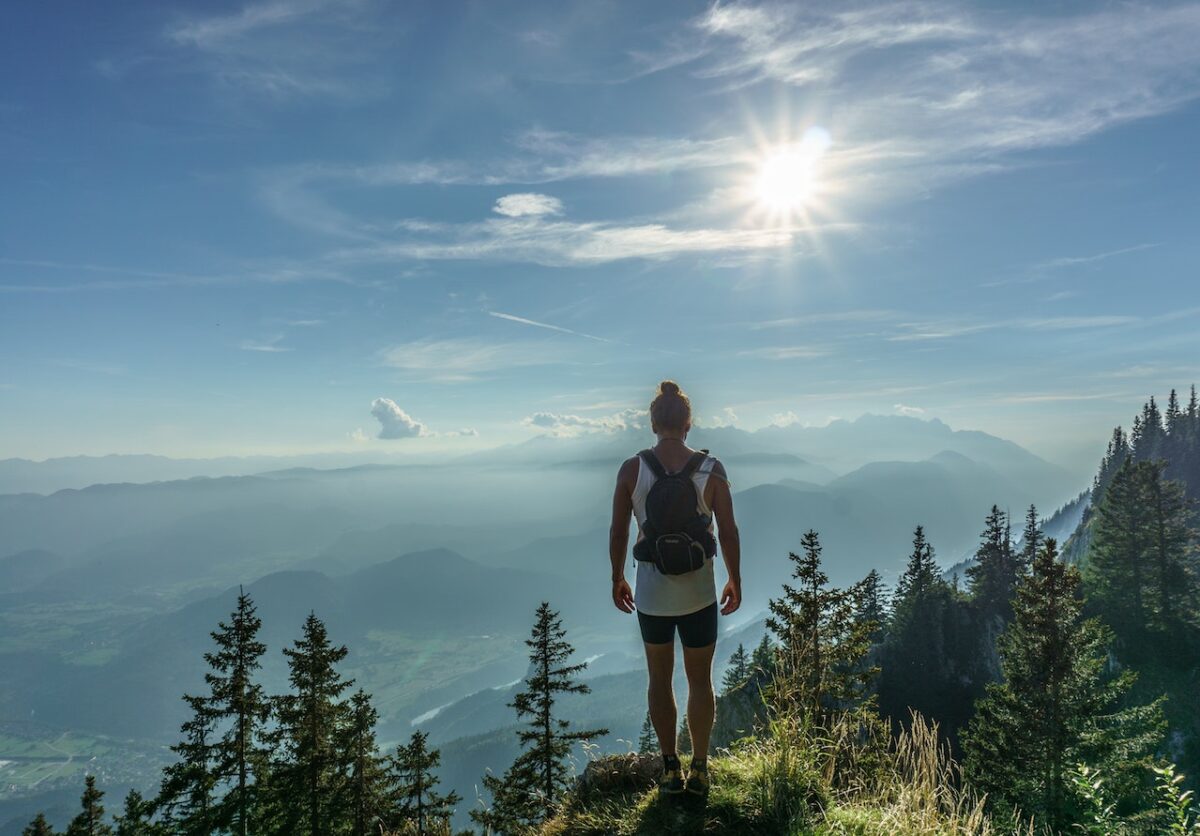




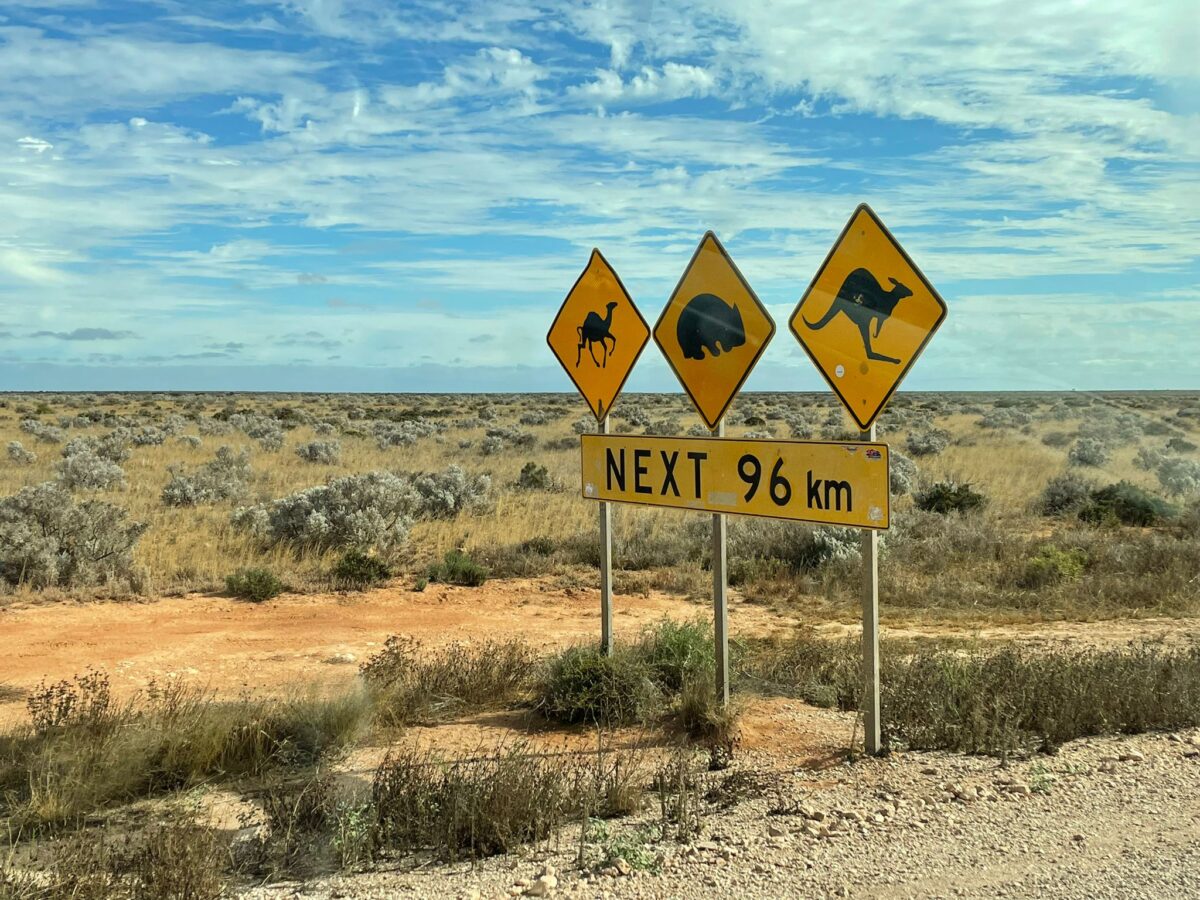
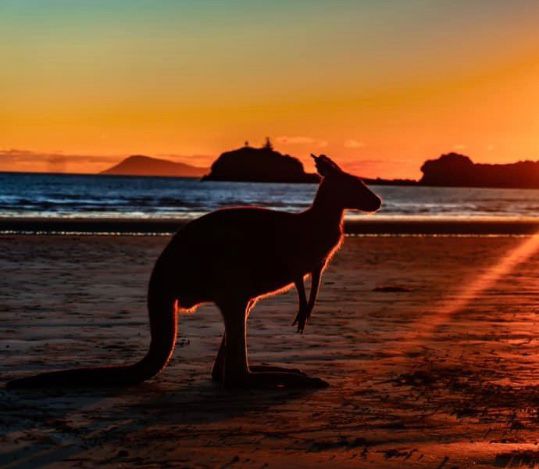
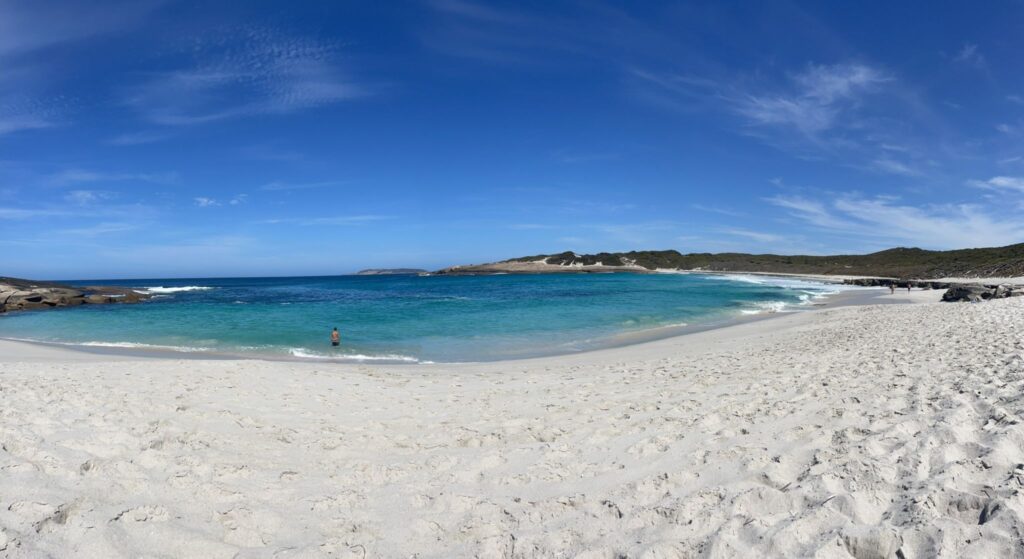
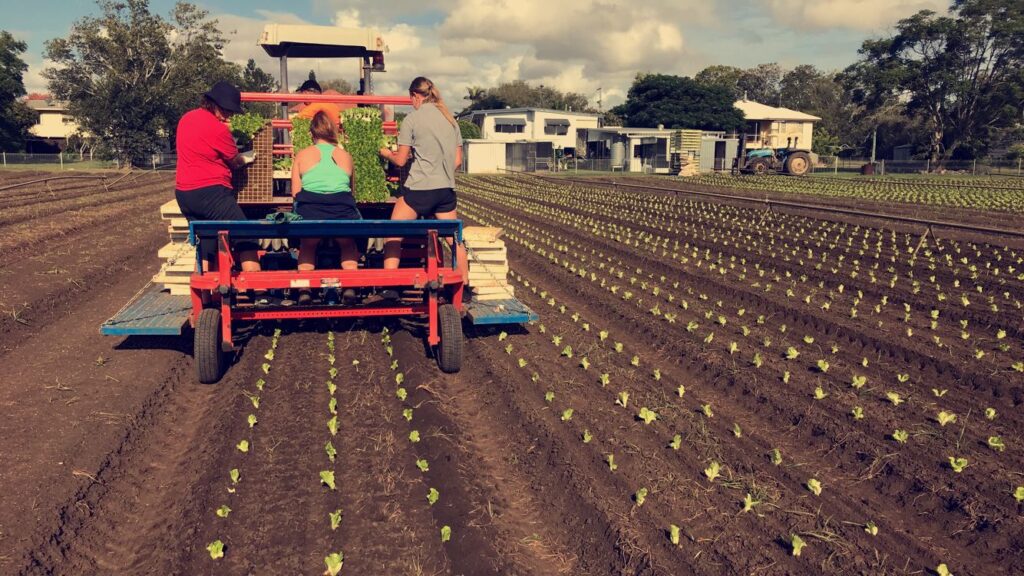
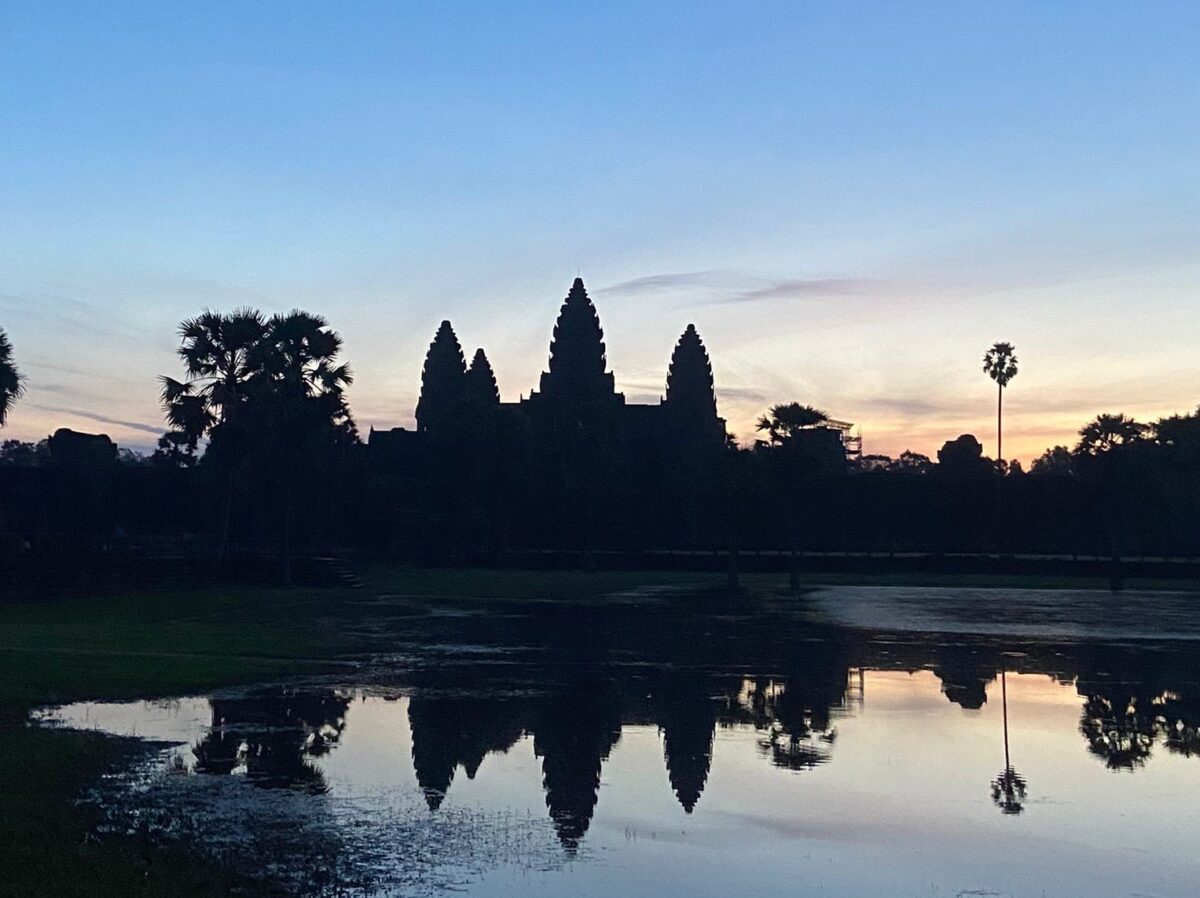
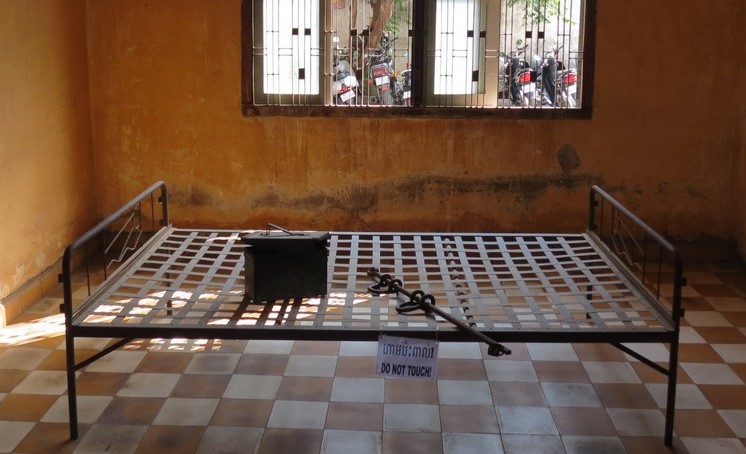

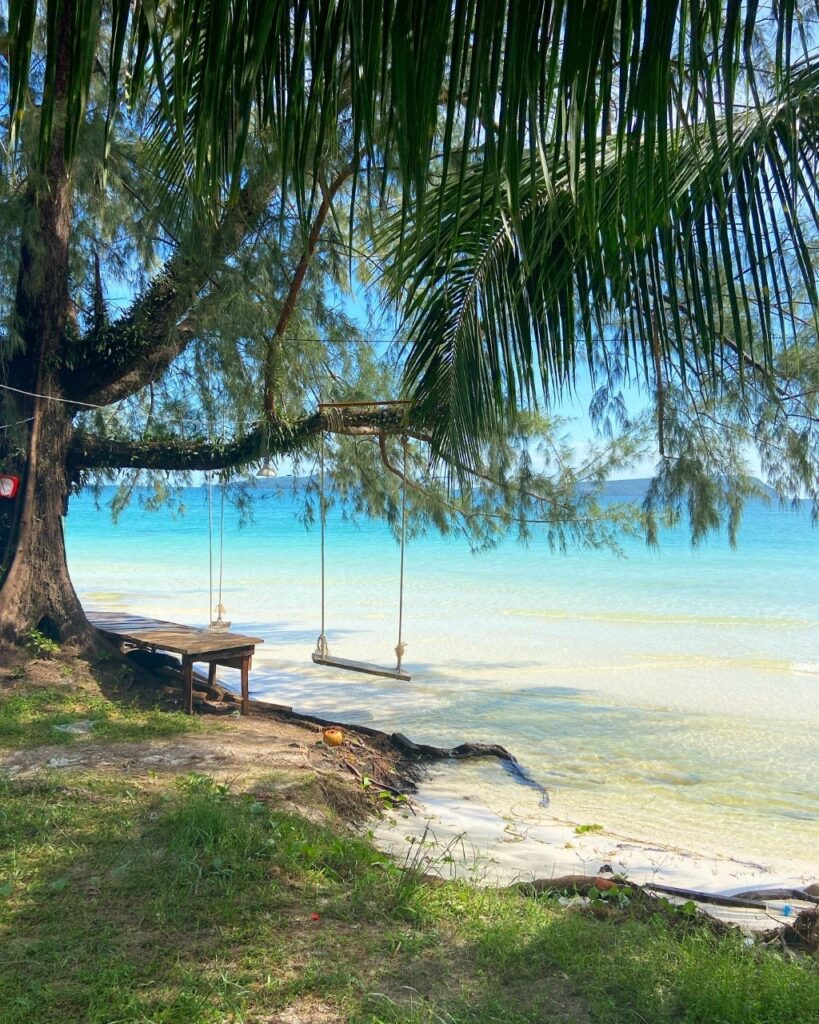
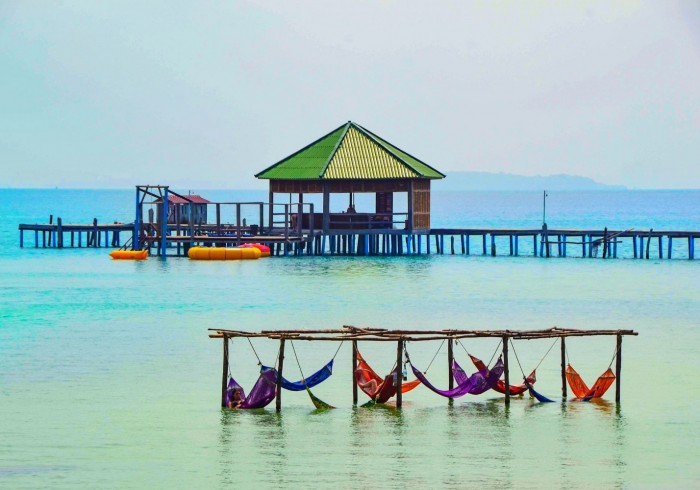
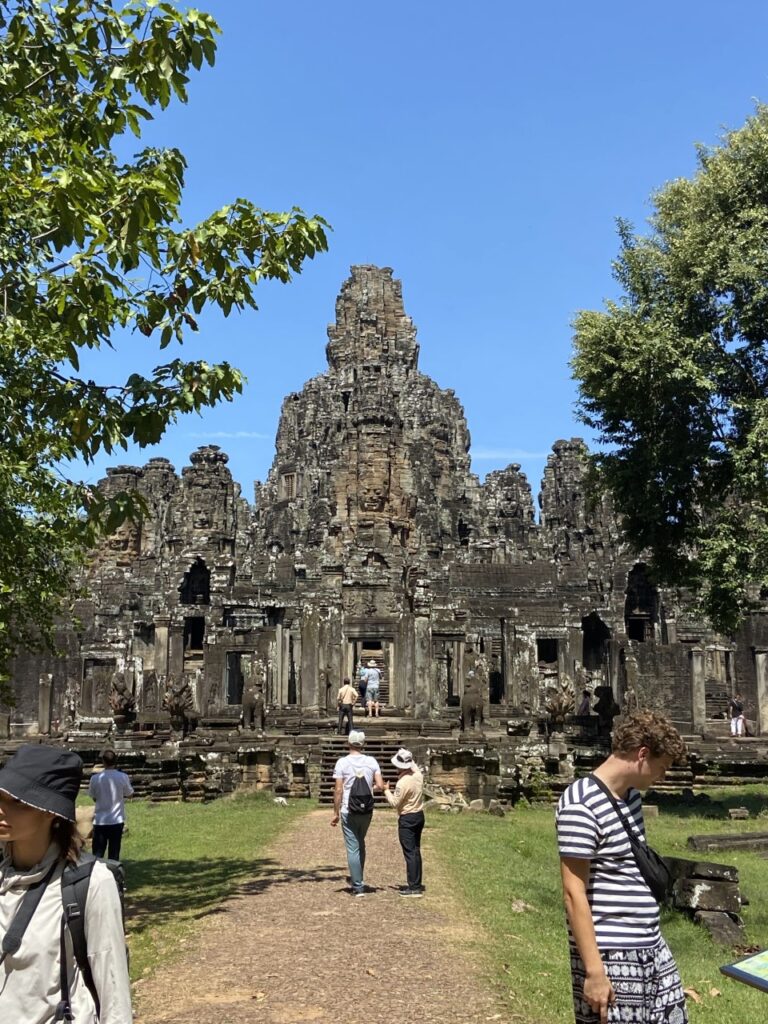
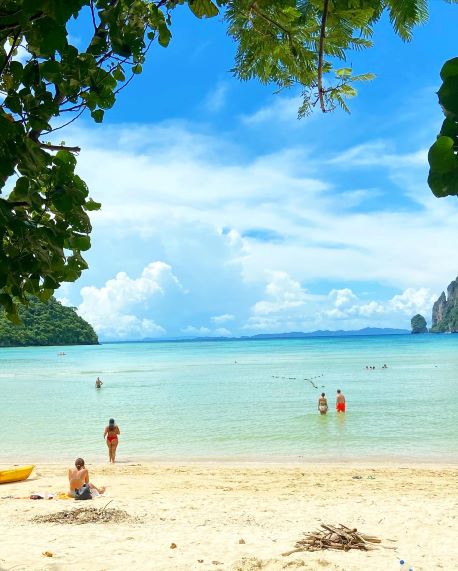

.jpg)
